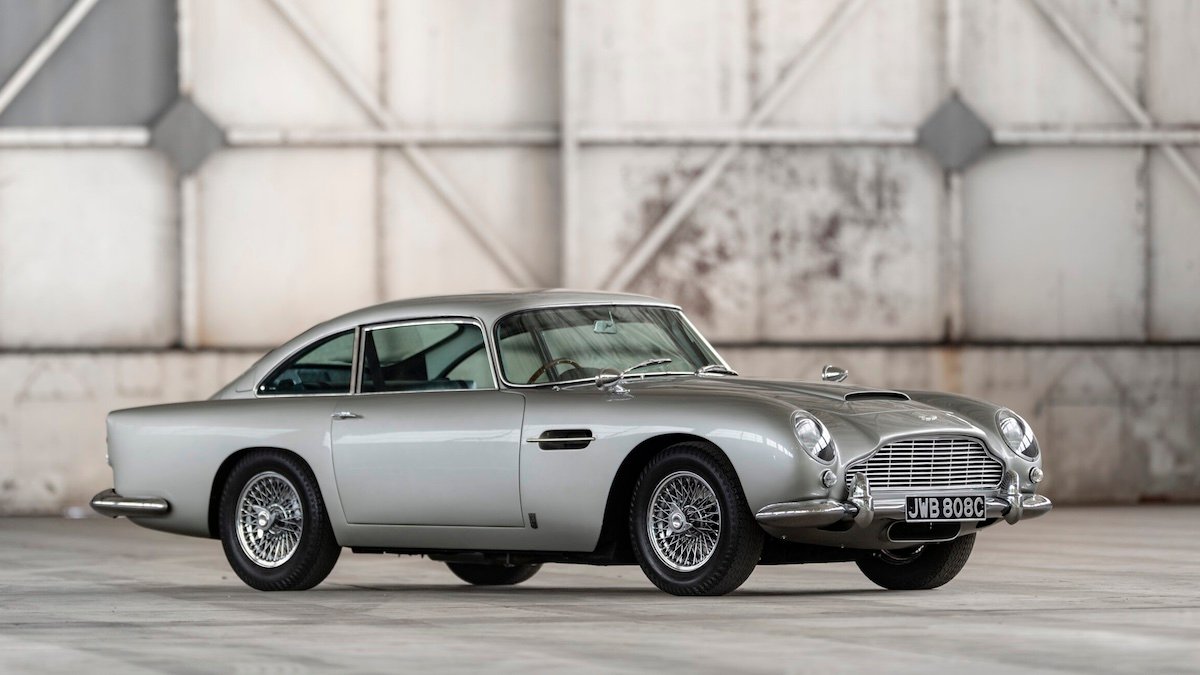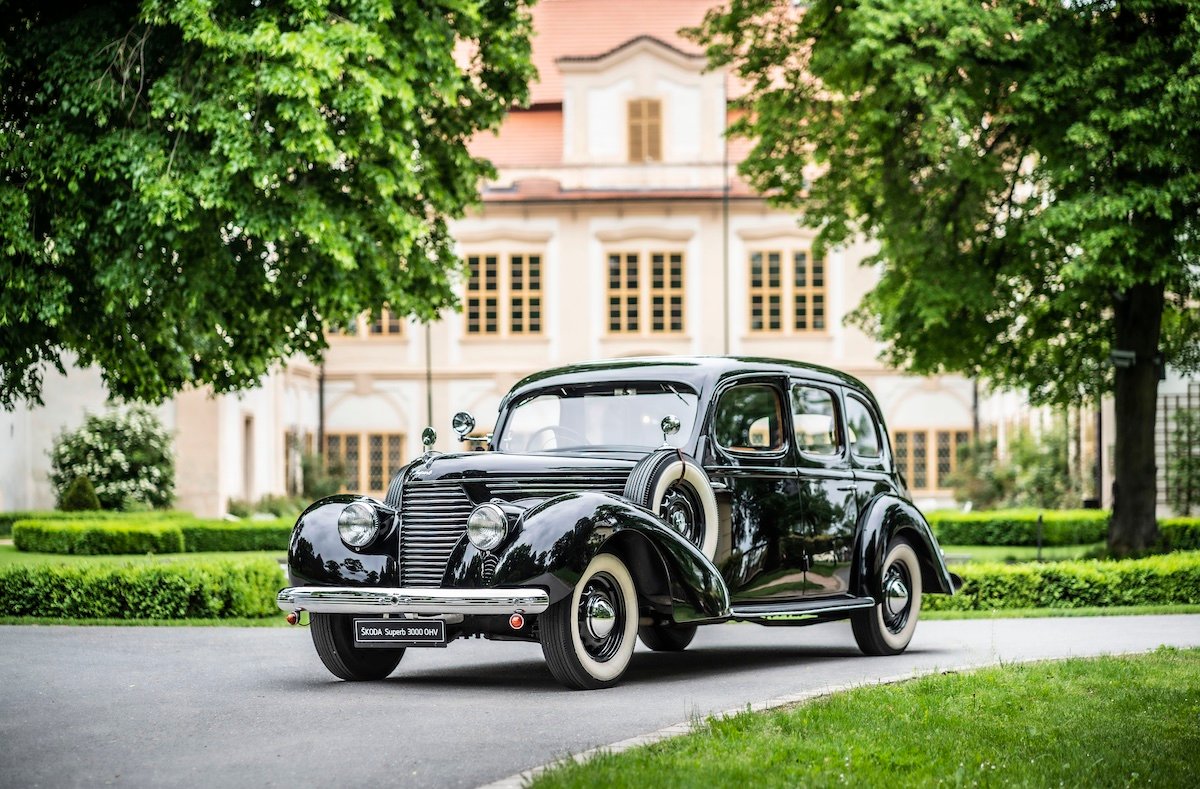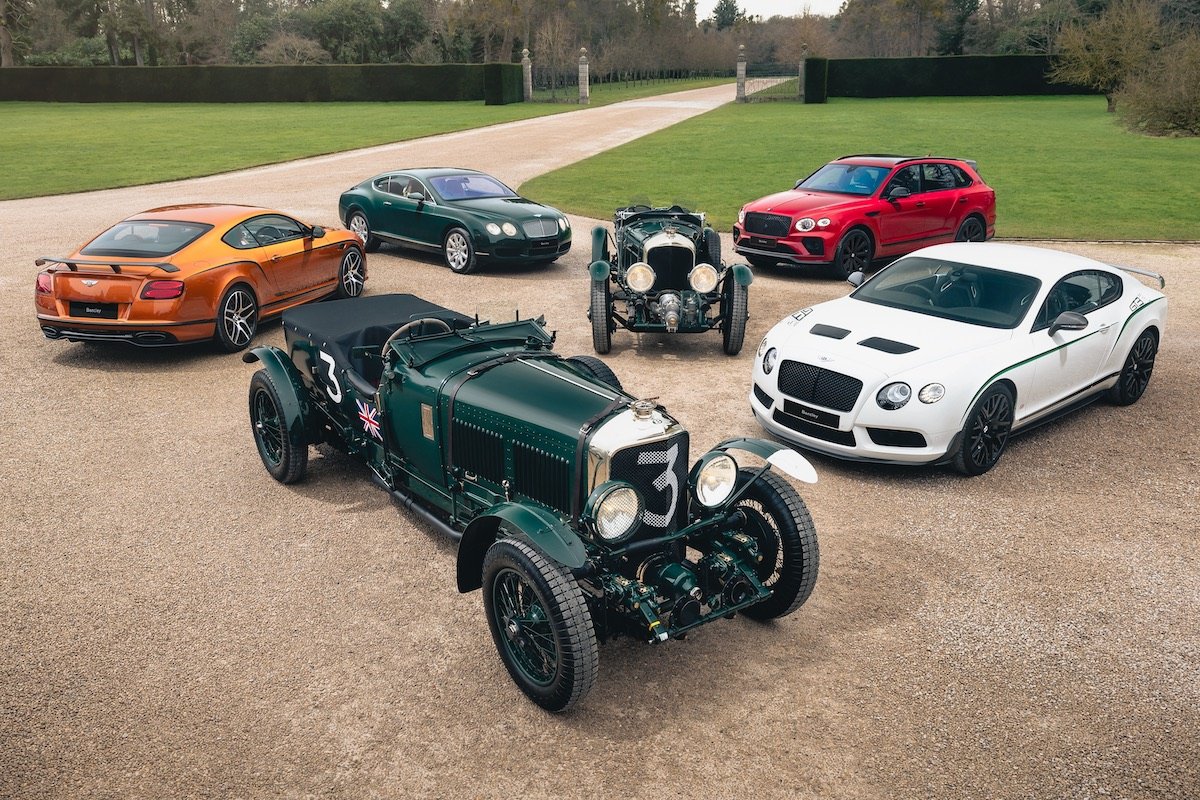Top Tips for Buying a Used Triumph Stag (1972-78)
Cliff Chambers•6 February, 2025
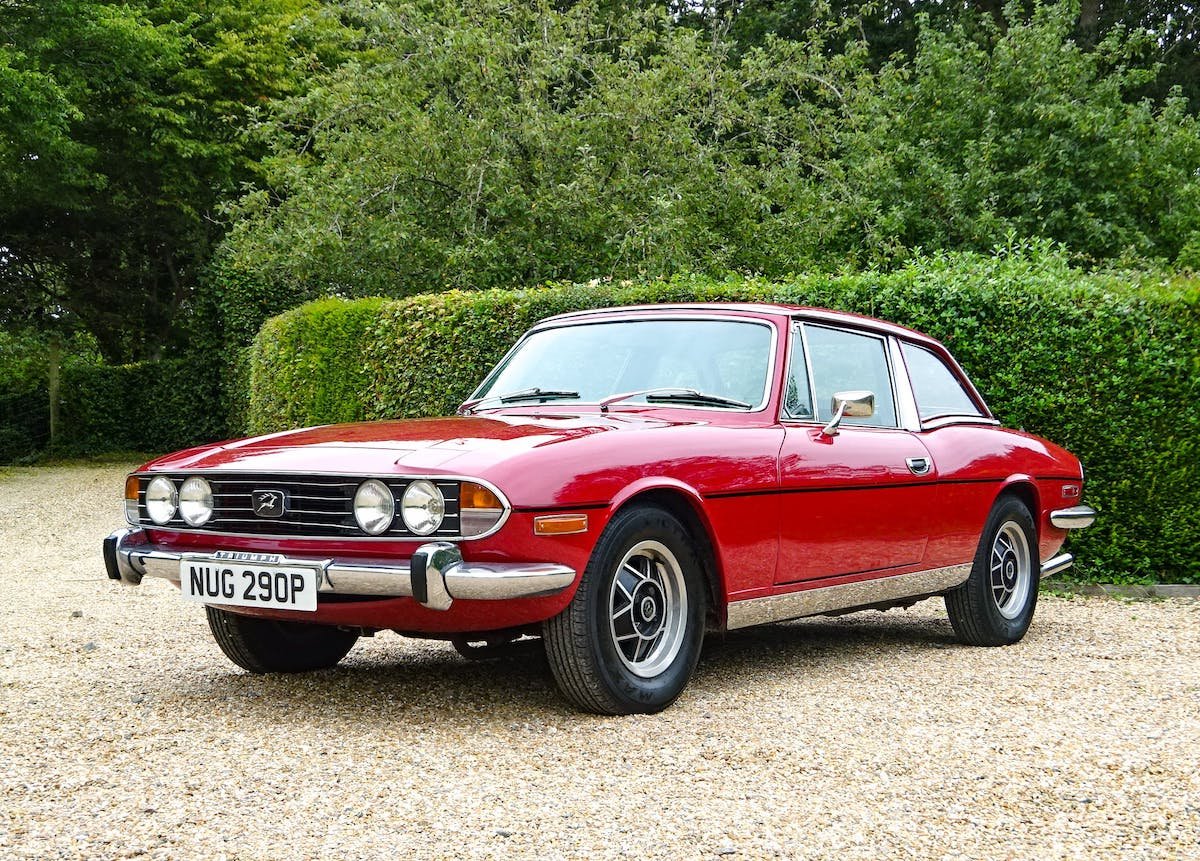
Fierce parochialism saw Triumph develop its own, less than reliable engine for the Stag rather than use the proven Rover V8, which has become the model’s Achilles’ heel (Image: Car & Classic)
Automotive designs sometimes benefit from ‘happy accidents’, and Triumph’s Stag is among them.
In 1966, when Triumph’s consultant stylist Giovanni Michelotti asked for a 2000 sedan to turn into a show car, the company happily supplied one.
Eighteen months later, the frumpy sedan had become a two-door convertible in shimmering pink, a vision that so impressed Triumph management that they asked Michelotti to adapt the design for production.
‘Stag’ became the car’s in-house project name and it stuck, but there were other significant changes. Originally, Michelotti’s design had no rollbar, but engineering demands for greater rigidity were solved by addition of the ‘T-Bar’ top that became intrinsic to the Stag’s appeal.
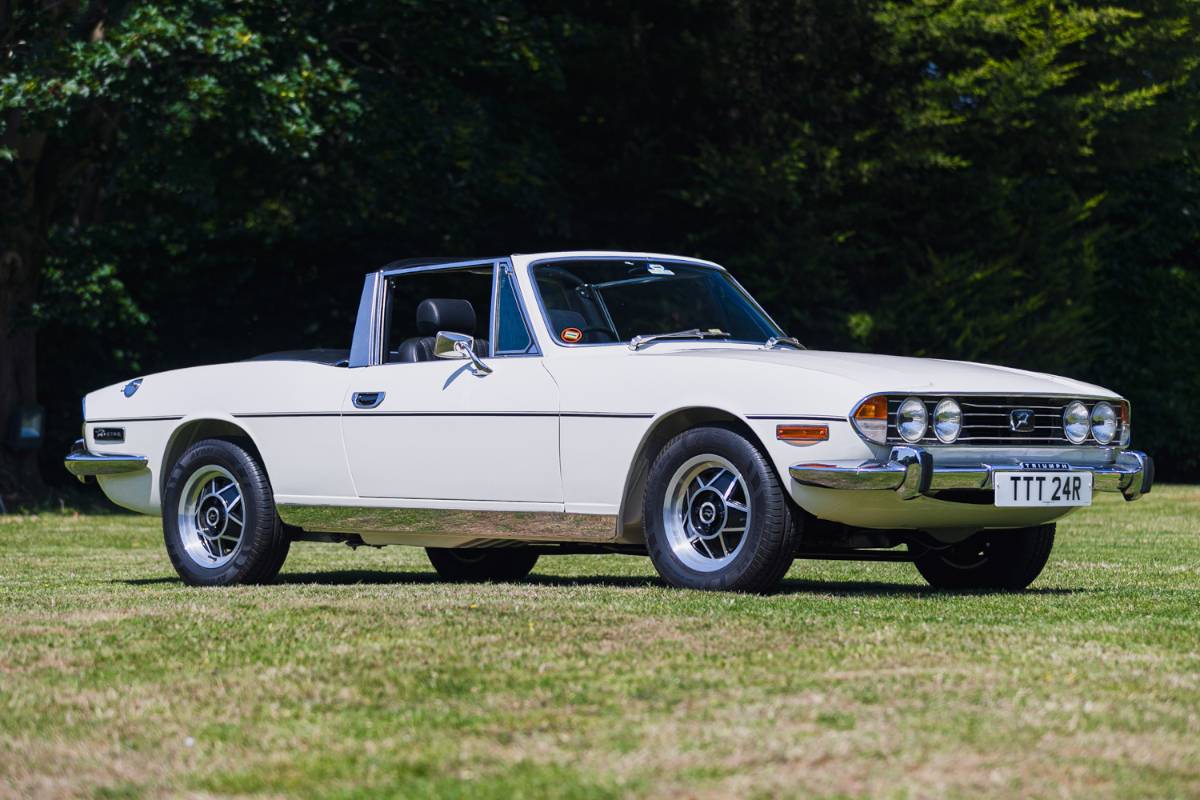
The Stag’s iconic ‘T-Bar’ top was not part of the original design, with it added due to engineering demands for greater rigidity (Image: Silverstone Auctions)
Britain saw its first Stags in 1970, with North American sales commencing a few months later. Australia began receiving its first cars in 1972, by which time alarm bells regarding engine reliability were sounding loudly.
Extra weight – 1270kg against 1220kg for a PI Sedan – saw the Stag needing more power than the 2.5-litre Triumph six-cylinder could realistically supply. A V8 was the obvious answer and Rover’s already well proven all-alloy 3.5-litre unit might have been the logical choice, were it not for the fierce parochialism saw Triumph opt to create its own motor by casting two blocks from its 1.5-litre Toledo sedan as a single unit.
The V8 design itself was sound enough but its cooling system wasn’t up to the task, allowing air pockets to form that prompted rapid temperature movement and hot spots within the block.
Within months, dealers were reporting engine failures due to overheating, blown head gaskets and signs of cylinder head cracking. Timing chain failures were also occurring, allowing pistons and valves to collide with spectacularly bad results.
Various cures have bene proposed and trialled over the years, but regular and scrupulous cooling system maintenance is the most effective way to prevent an engine disaster. Some owners who loved their Stags but hated the engine spent money having the Triumph V8 replaced by the Rover 3.5-litre V8, or Leyland’s larger 4.4-litre unit.
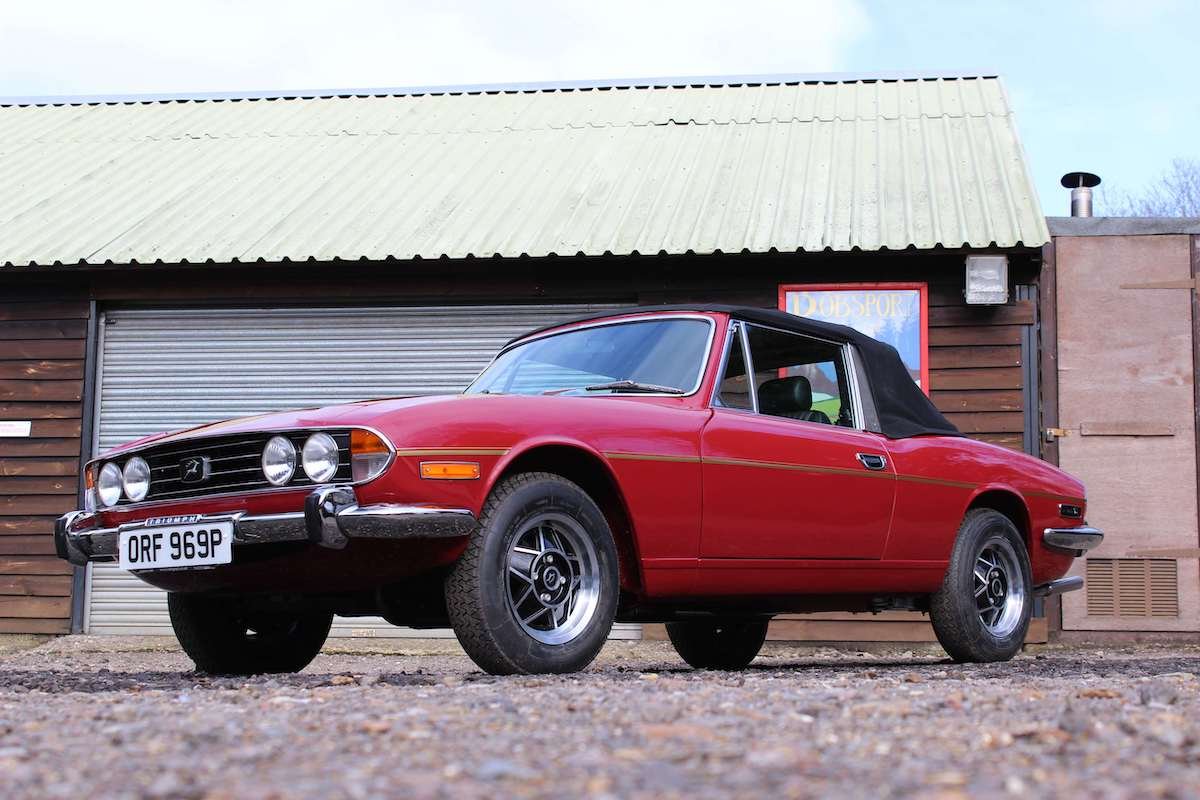
Early examples delivered to Australia were soft tops, but a hardtop became standard for our market later in the model’s run (Image: Coys)
Early Stags were supplied to Australia with a soft-top and pressed steel Rostyle wheels but most surviving cars are Mark 2 versions, which arrived in late 1973 featuring black sills, a hardtop as standard and coach-lines painted the length of the body.
For 1976, body embellishments changed again to include stainless-steel sill covers – later to become renowned as rust traps – alloy wheels as standard and better carpets.
In 1977 the long-serving Borg-Warner Type 35 automatic was replaced by the Type 65, which was by then being used throughout Leyland's range. Manual cars have the later ‘J-Type’ overdrive and a brisk top speed of 185km/h but are scarce.
Most Stags in the market now are three-speed automatics with prices beginning below $20,000 for cars that are physically sound but needing mechanical and trim repairs. Those that are excellent and need nothing done appear occasionally and mostly cost below $40,000.

High-quality examples of the Stag are still available in Australia for under $40,000 (Image: pyntofmyld/Flickr, CC BY 2.0)
Things To Watch Out for When Buying a Used Triumph Stag (1972-78)
Rust affecting strut towers and suspension attachment points
Boot water leaks
Engine overheating, smoke or vapour from the exhaust
Overdrive operation in manual cars
Clicks and clunks from worn rear half-shafts
Power steering fluid leaks
Soft top torn or mouldy
Valuation Timeline Triumph Stag (1972-78)
🛠️ Timeline
Investment Rating
4 / 10
Cliff Chambers

Get The Latest
Sign up for the latest in retro rides, from stories of restoration to community happenings.
 '1972â73 1-1024x675.jpg)
